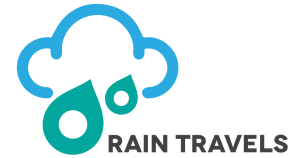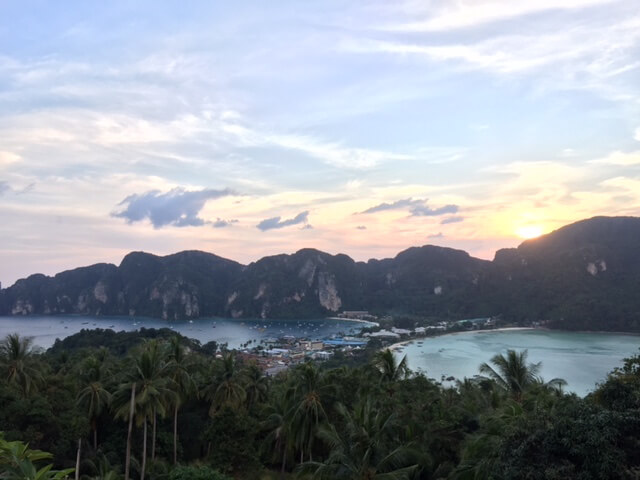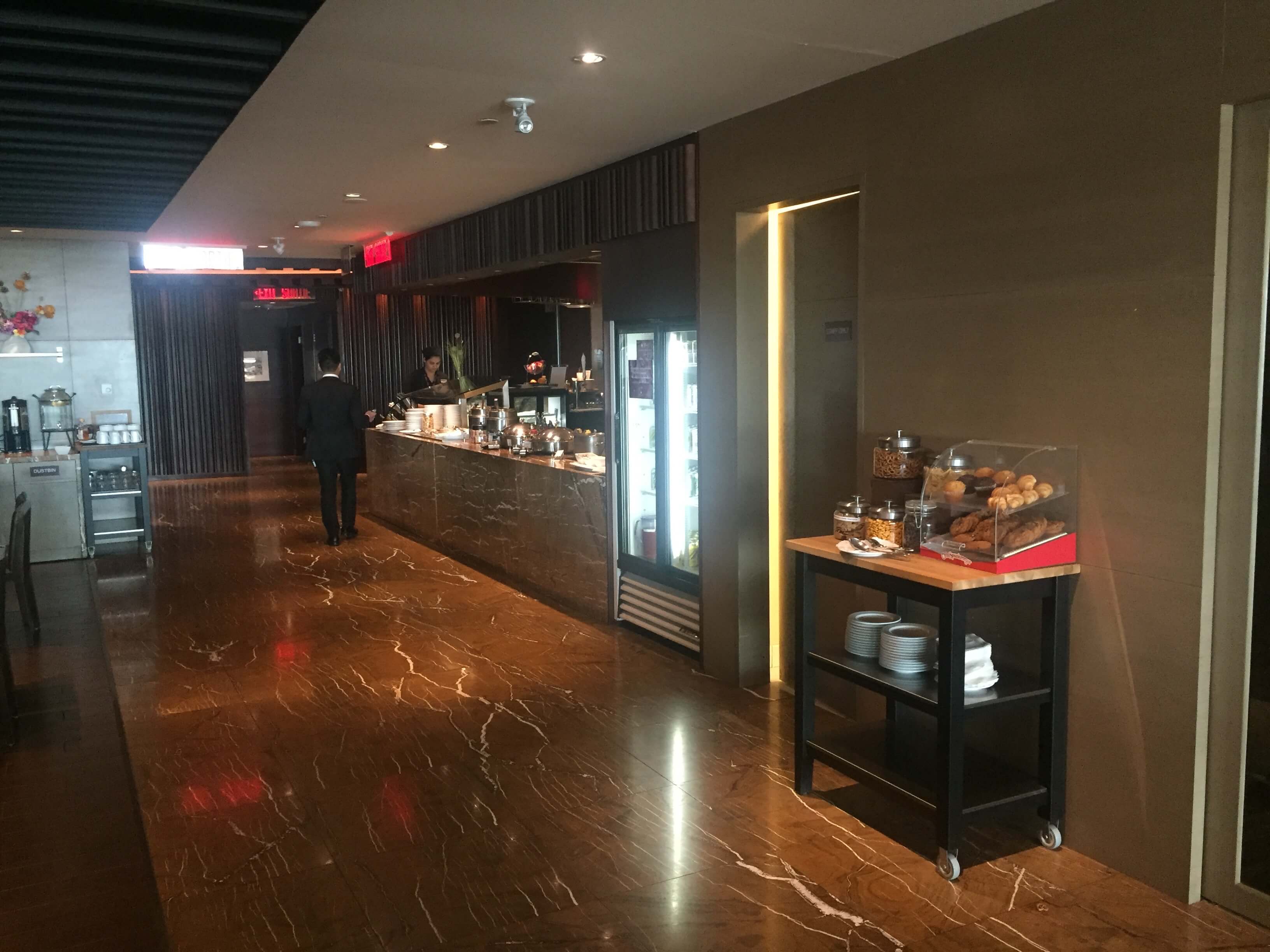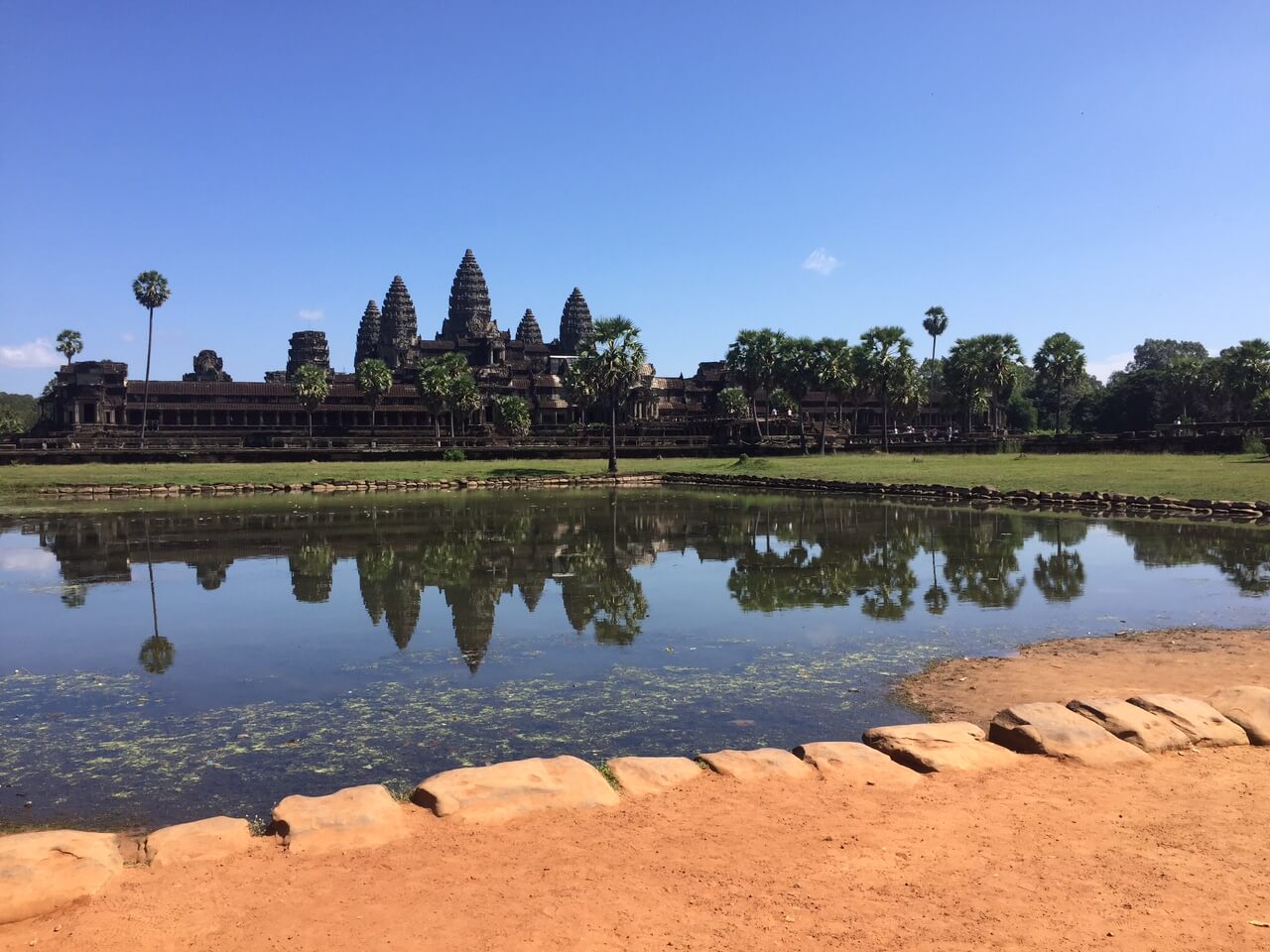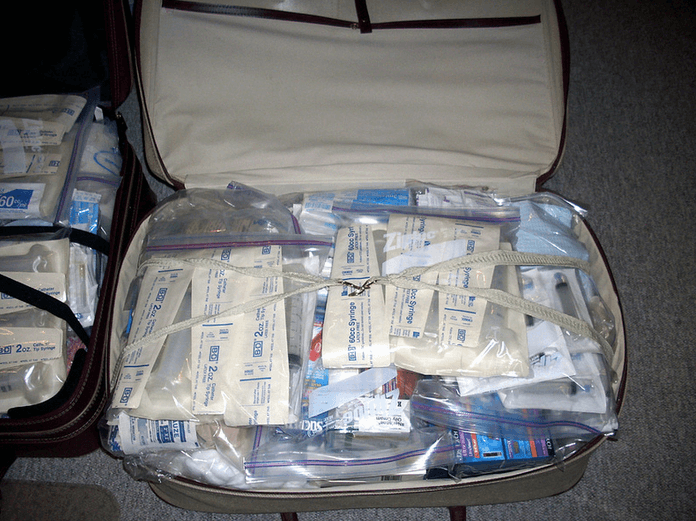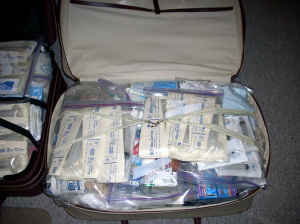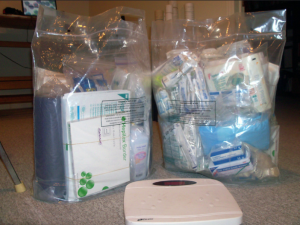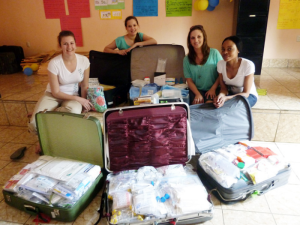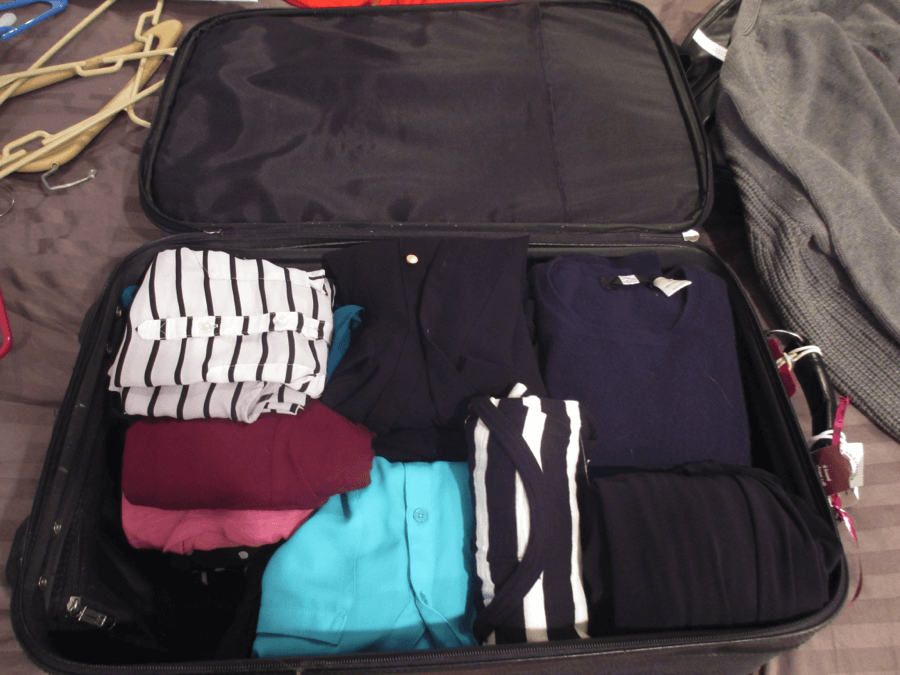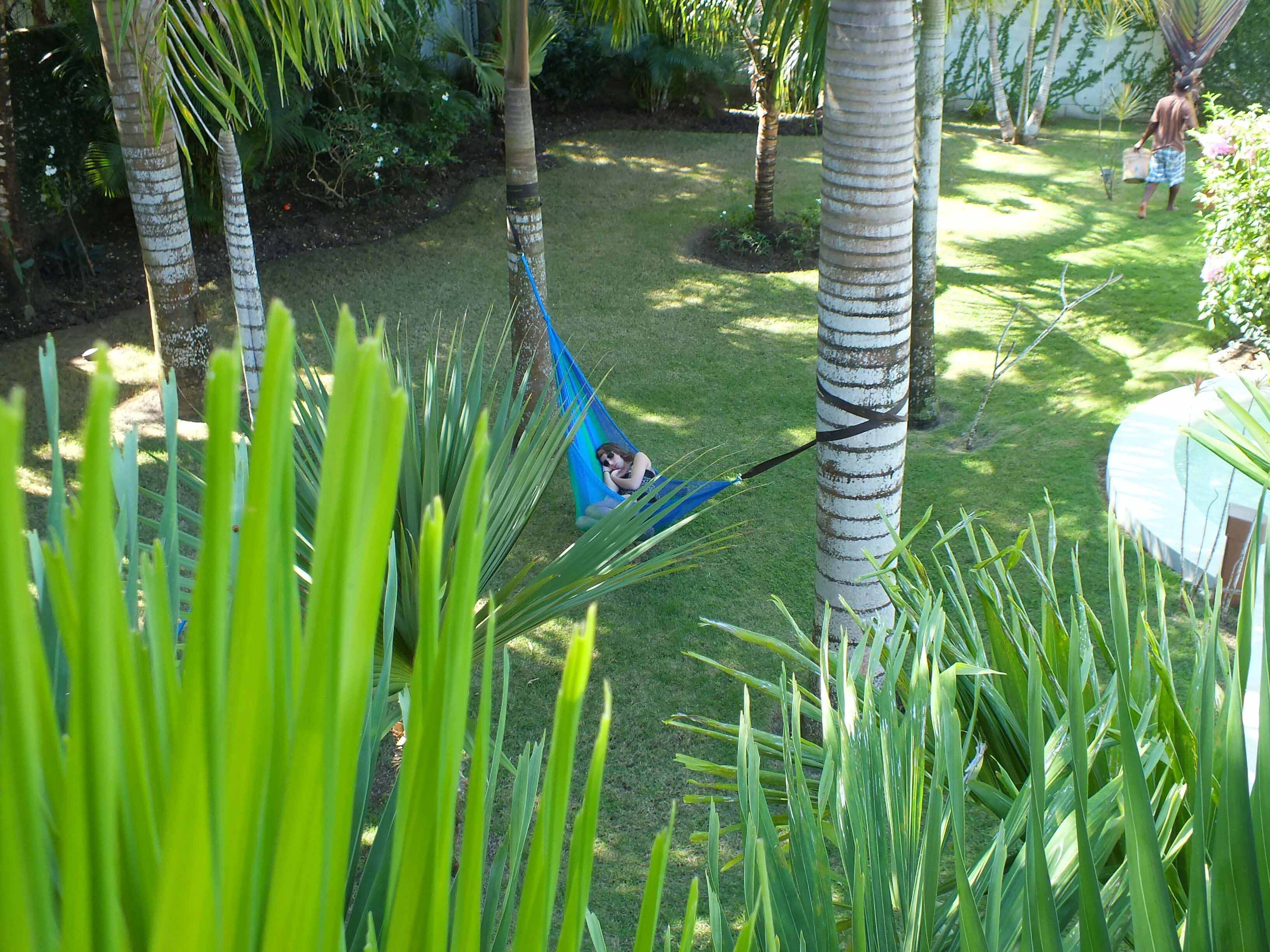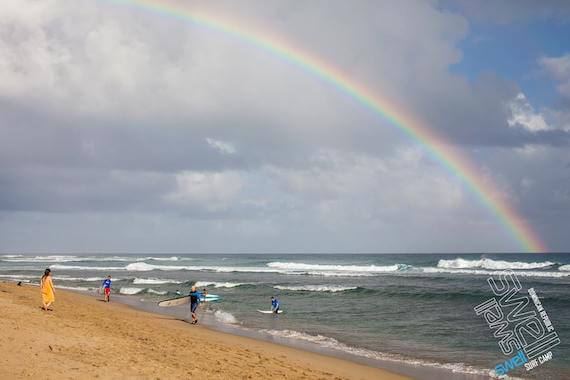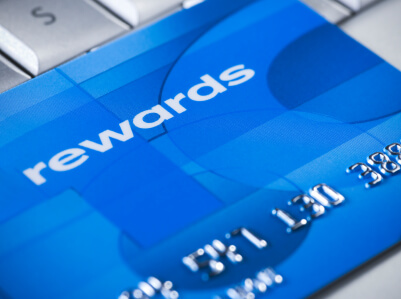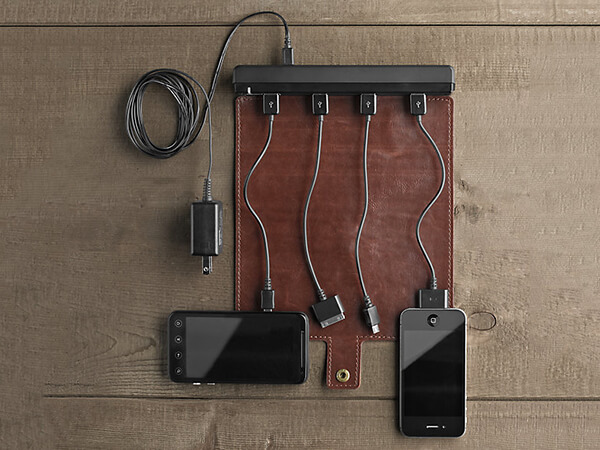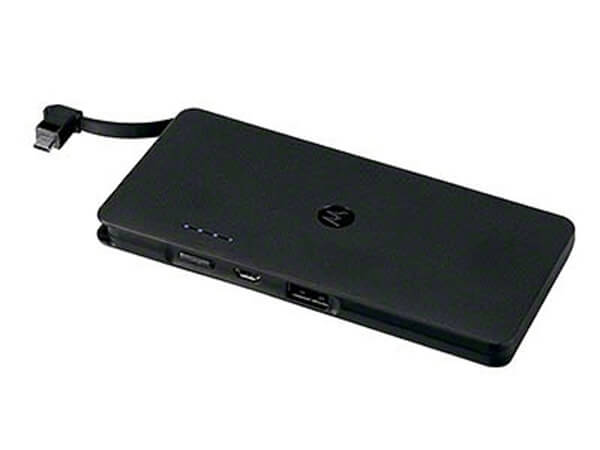Traveling is an eye-opening, rewarding experience, but getting to your destination can be quite a pain. Airlines have many baggage restrictions for carry-on luggage, which may make it seem impossible to travel for a couple of weeks without a few bags. However, with a few tips and tricks, you’ll see that you can easily pack for a two-week trip using just a standard size carry-on suitcase.
But first, why bother with just a carry-on? You will not have to wait at the luggage carousels with a crowd of tired travelers after you land. Plus, waiting on luggage could make you late for your transfer to your final destination—for example, a private car or a bus that’s waiting to take you to a hotel. In some airports, you may have to go back through security at one of your connections, and you may have to wait on your luggage before you can go back through security. If your first flight was delayed, and now you’ve only got 45 minutes to make your next flight, waiting on your luggage can cost you precious time and may make you miss your next flight. It’s always easier to just have your luggage by your side at all times.
According to the Federal Aviation Administration’s website, the largest carry-on size allowed is 45 linear inches. Great, you’re thinking. What are linear inches? This means the total height, width, and depth of the bag must be 45 inches or less when you add the three numbers together. If you’re shopping for new luggage, most now come with a tag that note if the suitcase is carry-on size.
On your flight, you’ll be allowed to take one carry-on piece of luggage and one “personal item” with you. The Transportation Security Administration defines “personal item” as a “laptop computer, purse, small backpack, briefcase, or camera case.”
Now that you understand what you’re allowed to take on board, for your two-week trip, the next step is to think about your destination. Are you going somewhere tropical? Cold? Rainy? Check the weather forecast for your destination for several days before you leave to get an idea of what the weather is going to be like. For purposes of this article, let’s say you’re going to France in March. It tends to be fairly chilly this time of year, and, should you head out to the coast, it can be wet, cold, and rainy.
Next, see what your hotel provides for you. Is there a hairdryer in the room? Will there be an ironing board? What toiletries are provided? Is there a business lounge with computers? Go online to see what you’ll have in your room (or cruise ship, or wherever you are traveling) and it will help you better plan for what you need.
If you’ve planned a two-week trip, you’ve got 14 days and 13 overnights for which you need to pack. Guess what? You don’t have to pack a new outfit for each day. With the right planning, you can mix and match a few pieces to create new outfits throughout your trip.
Since we’re planning for a chilly destination, plan to wear your heaviest shoes and your thickest jacket on the plane. This will free up a great deal of space in your suitcase. You can easily have the flight attendant hang your jacket for you once you board, and you can kick off your shoes and relax.
Plan to take 3-4 pairs of pants that you can rotate. Plan to take neutral colors that match most other colors, such as jeans, black pants, or khakis. You can save a tremendous amount of room in your suitcase by rolling your pants instead of folding them. Ladies, you can also pack 1-2 skirts. In this photo, I’ve got two pairs of jeans, one pair of black pants, and a black pencil skirt rolled up. Place your pants along the edges of your suitcase.
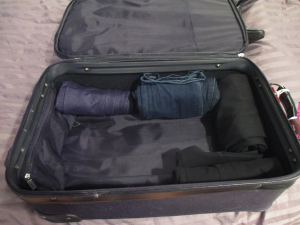
Next, think about the tops you’re going to pack. Pieces like cardigans, sweaters, scarves, and long sleeved shirts can be used in a multitude of ways. Pack 4-5 cardigans and sweaters, and you can add several long-sleeved shirts, blouses, and even a scarf. Pack fewer of the items that take up the most space—this is why I recommend packing fewer sweaters.
Most shirts will fold nicely into small rectangles that you can stack in your suitcase. For women, you can pair a single black cardigan with several blouses and have a different look each day. Gentlemen, if you pack a couple of crewneck sweaters, you can alternate button-down shirts underneath for cold days. If the weather is fair, women, you can perhaps get away with just a light sweater and jeans, and men, you could wear a button-down shirt and slacks. Grab your scarf and carry it along in case the weather turns cool. Here, I’ve got four sweaters and nine shirts folded in my suitcase. I’ve also got two dresses folded neatly in the bottom right corner. I’ve got some space in the bottom left corner reserved for my bigger shoes.
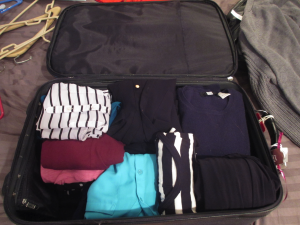
A great trick is to lay out a few “heavy” pieces such as your sweaters and cardigans on your bed. Next, look through your closet for pieces that match the sweaters, and place them around the sweaters on your bed. This allows you to quickly see how many different looks you can achieve with a single sweater.
Now, it’s likely that the pair of shoes you wear on the airplane is not the pair of shoes you’ll wear every single day. Plan to take another pair or two of shoes, and try to take shoes that are as small as possible. This may be an easier task for women, as ballet flats are much smaller than men’s loafers! If you’ve got a lightweight pair of sneakers or walking shoes, throw those in. Ladies, a small pair of ankle boots is a good idea as well, and for men, a pair of loafers will work. For this demonstration, I’ll be packing a pair of Toms and some ankle boots. I slid one ankle boot under the stack of lightweight shirts, and the other is in the gap I left in my suitcase. The Toms flatten easily along the sides of the suitcase.
As for socks and underwear, stuff as many pairs as you can inside your shoes! You’d be amazed at how many pairs you can fit into a pair of sneakers or boots! Men, roll up your boxers as small as you can. Tuck any remaining pairs in between your sweaters and shirts, and along the edges of your suitcase.
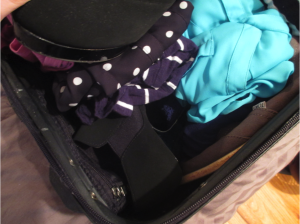
Now, it’s likely that you’ll want to go out to a nice dinner or show at least one night during your trip. Women, pack a dress that’s made of a stretchy material—these will not wrinkle nearly as much in your suitcase, and they are easy to fold into a tiny rectangle or roll, whichever provides more space. Men, you can easily fold a dinner jacket, and you can roll up a tie or two and place them inside a shoe.
Now for the fun part: liquids. TSA guidelines mandate the 3-1-1 rule, which means that liquids, gels, aerosols, creams, and pastes must be 3.4 ounces (100 mL) or less per container. Additionally, they must be placed in a quart-sized, transparent Ziploc bag. One bag is allowed per traveler.
You may be thinking, this is impossible! It’s not! First, think about solid versions of liquids you can take. For example, instead of packing a small tube of sunscreen, look for sunscreen sticks. Ladies, instead of liquid eyeliner, pack a pencil. Instead of gel deodorant, pick up a solid stick. These do not count as liquids, and you’ve just freed up some space in your small bag!
Look for travel-sized bottles at your local drugstore, Wal-Mart, or Target. You can put your face wash, shampoo, and conditioner in these travel bottles. Or, if you really want to save space, you can plan to use the shampoo, conditioner, and body wash at your hotel (or wherever you’ll be staying). In addition, most places sell small sticks of deodorant, small cans of shaving cream, miniature cans of hairspray, and other toiletries you may need. Look around for these. As you shop, ask yourself if you REALLY need each item. Do you really need three brands of hair gel? No. Ask for sample sizes of your favorite liquid makeup at Sephora or Ulta, and for your perfume or cologne at your local counter. You can see in this bag I’ve managed to pack two 3-ounce bottles, foundation, contact solution, mascara, toothpaste, lotion, nail polish, extra contacts, and a couple of other small items. For this demonstration, I’m planning to use the shampoo, conditioner, and body wash at my hotel.
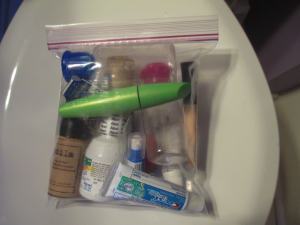
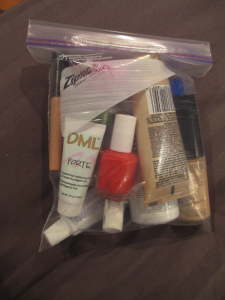
Once you’ve packed your liquids, they need to be easily accessible as you go through security. It’s a good idea to have these in your personal item—in your briefcase, backpack, or purse. This will allow you to quickly access your liquids without having to dig through your suitcase. This keeps security moving quickly and the TSA agents will appreciate it! Also, remember that prescriptions do not count toward the liquids rule! If you’ve got a 4-ounce jar of prescription face cream, just tell the agent as you go through security. The agent may ask to see it, but you do not need to cram it into your Ziploc bag. If you have any concern, get a printout of your prescription from your local pharmacy.
If you’ve followed these tips and are still a bit short on space, guess what? We haven’t taken up much space in your personal item yet. You can toss a few items in this bag, and still have room for your reading materials, wallet, keys, sunglasses, and other items you may need along the way.
